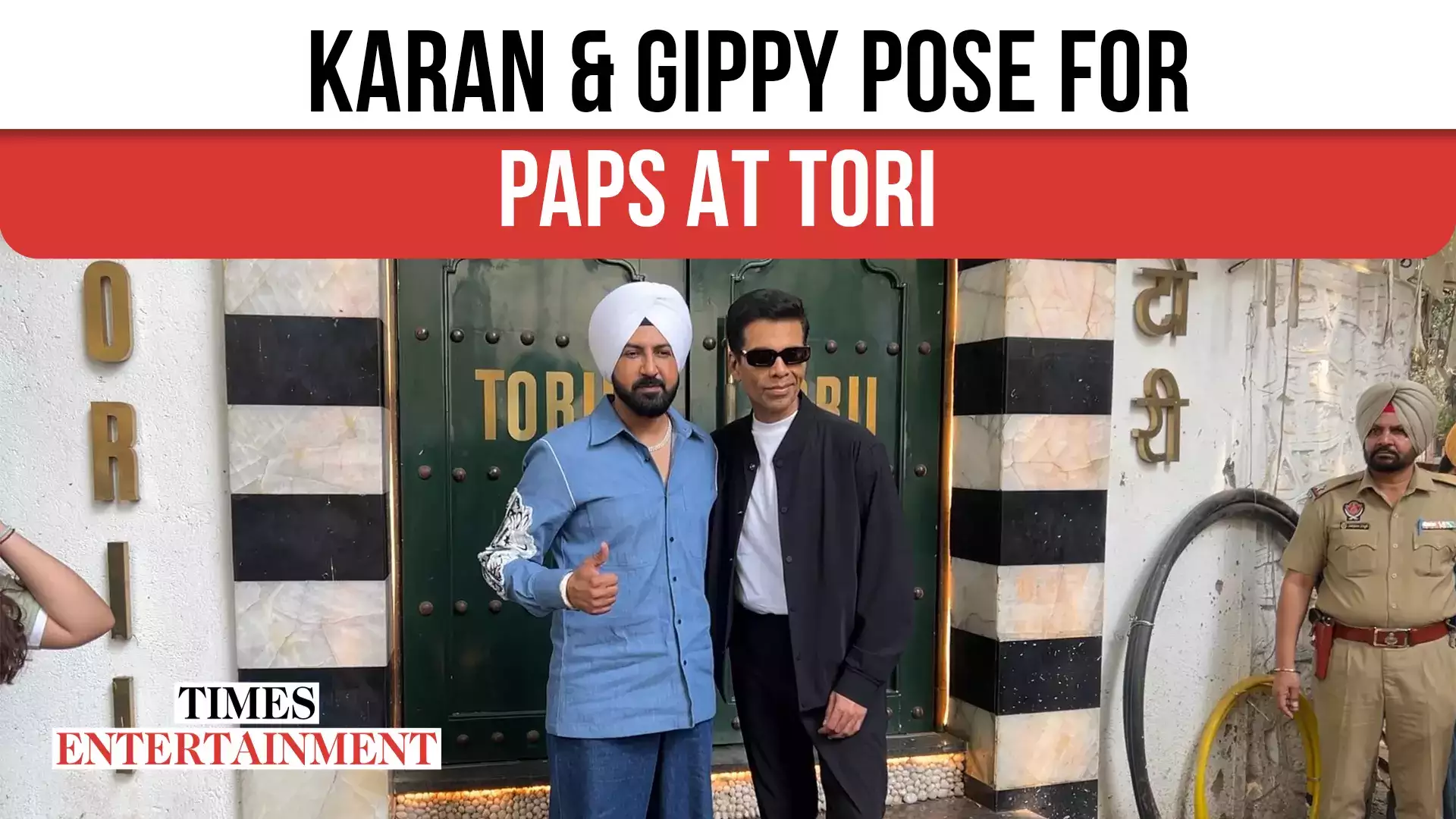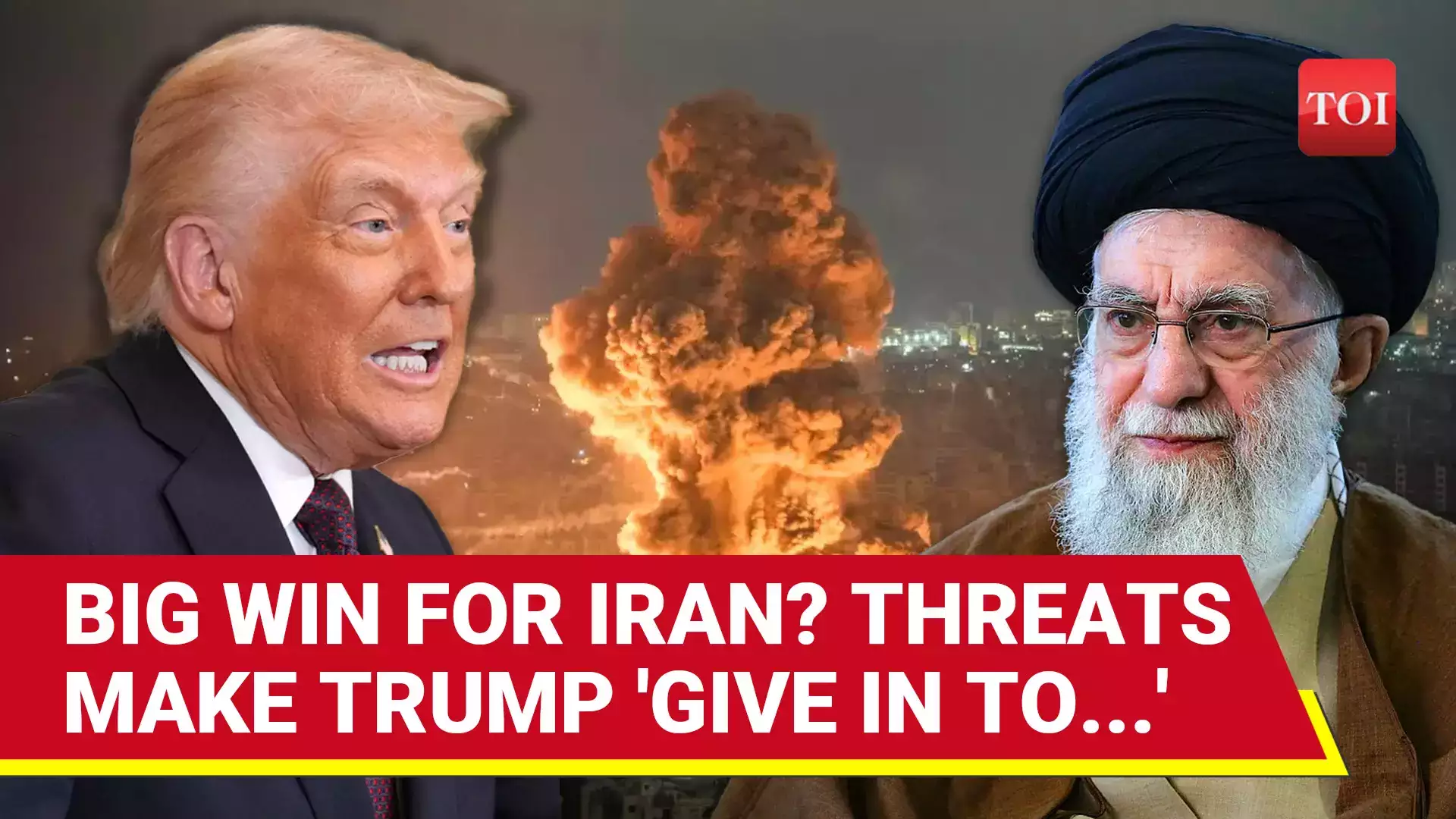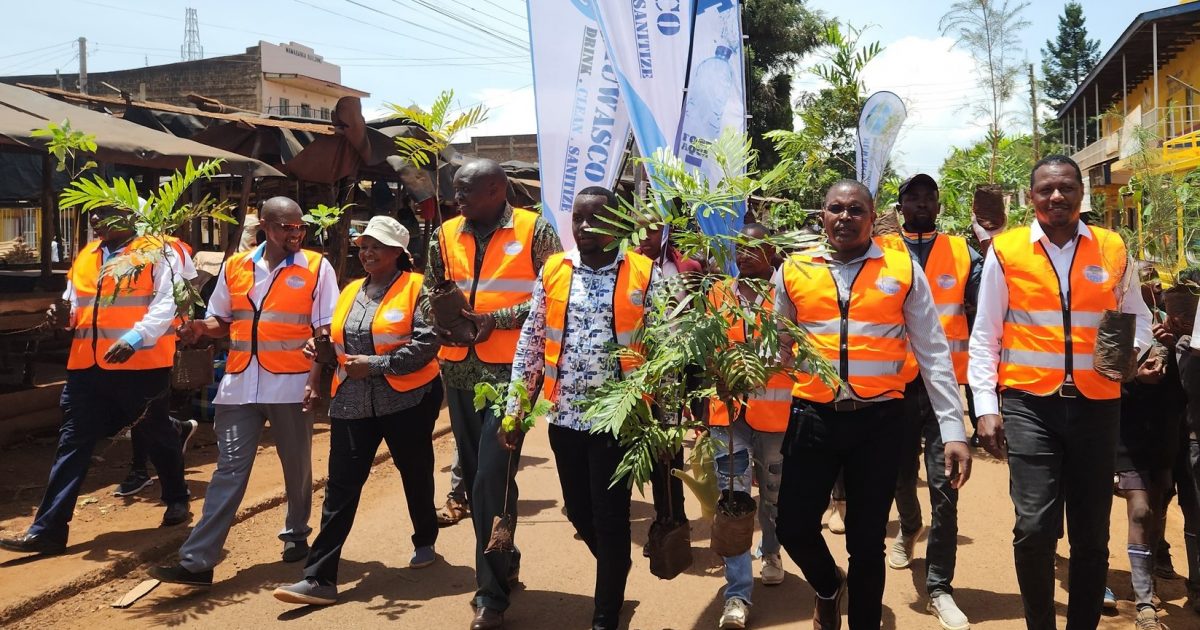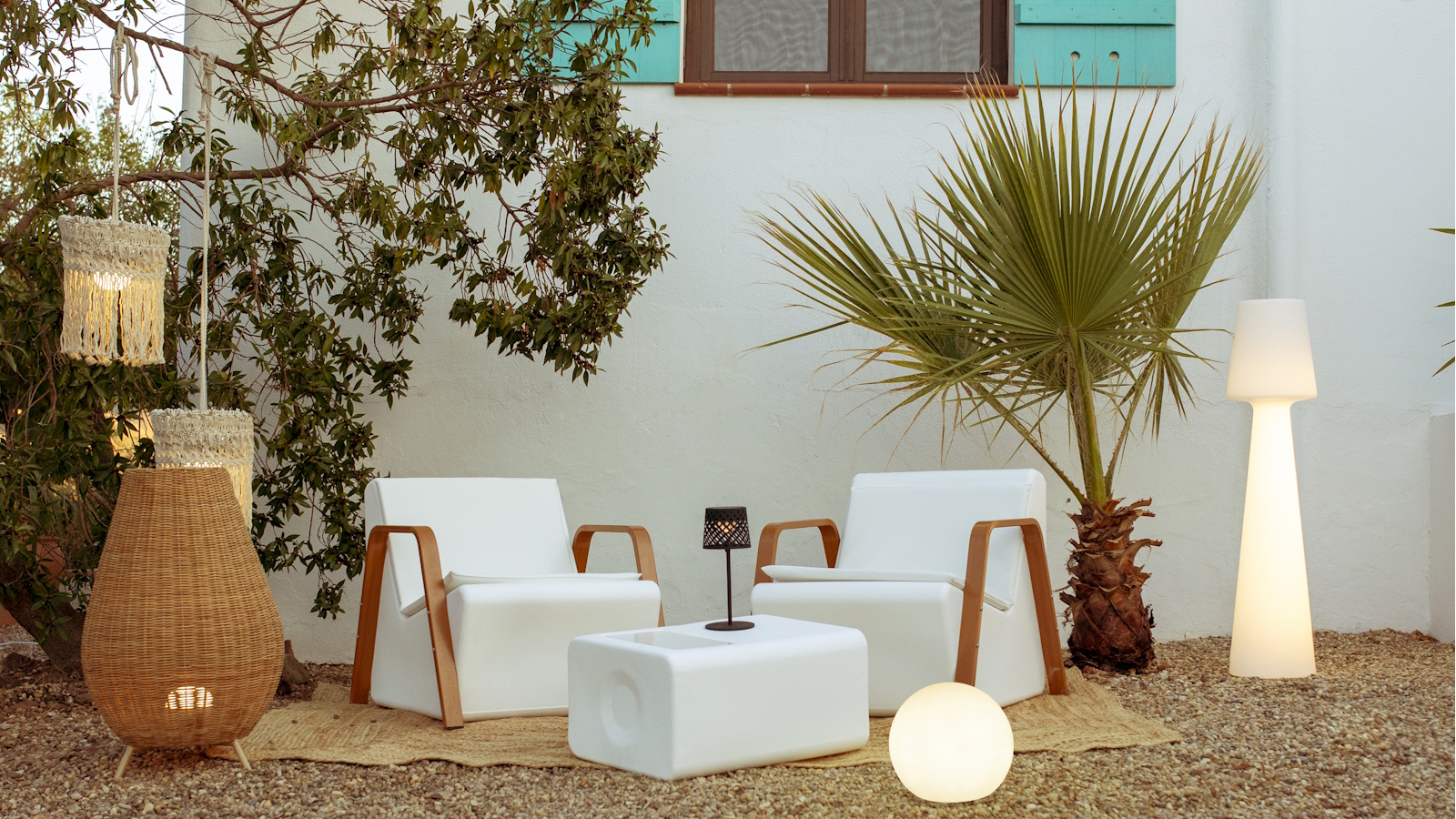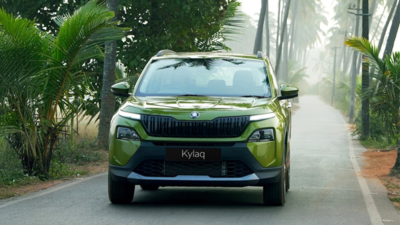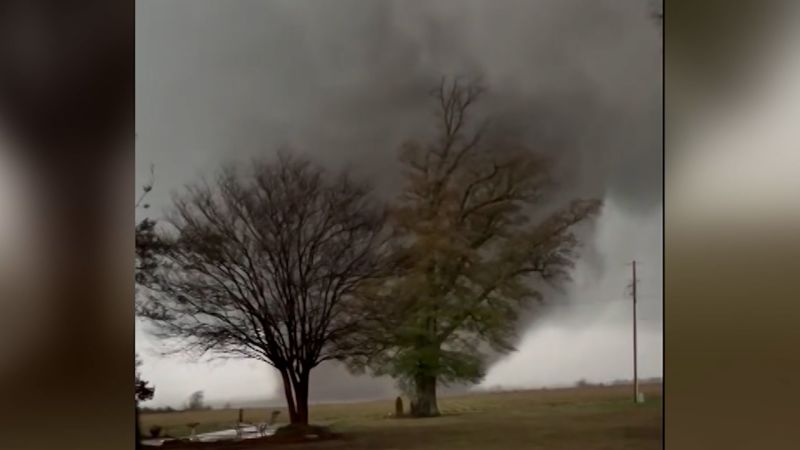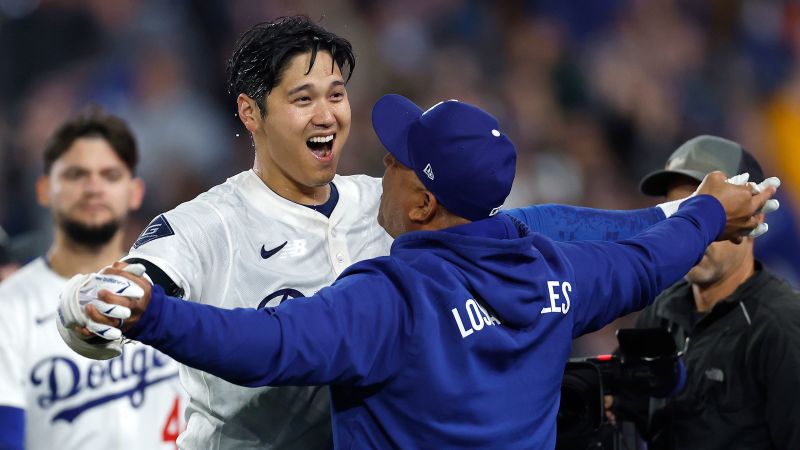
Since the game’s launch about a decade ago, you might be among the hundreds of millions of people who’ve taken to the streets to catch an elusive Detective Pikachu, a Snorlax, a Mewtwo or some other rare Pokémon. At Arizona State University’s branch in downtown L.A.
, students are learning how to use the technology behind Pokémon Go, in concert with other tools, to create 3D models that document the aftermath of L.A. County’s recent wildfires.

The Eaton and Palisades fires wrought incalculable loss. Some people lost loved ones. Thousands lost their homes and places of worship .
And many lost priceless mementos. Which means the ASU initiative has two purposes: Its models can be used by wildfire survivors to make their insurance claims, and “on a public information level, [they allow us to] fully grasp the destruction and what it means for these communities,” said Ashley Buschhorn, a graduate student in the school’s Narrative and Emerging Media program. Using personal experience to guide the project The project is led by program director Nonny de la Peña, who’s largely considered a pioneer in virtual and augmented reality.
During the pandemic, de la Peña stored all her work materials in her home studio — including her computers, storage drives and other essentials. She also put up photos of her children to brighten up the place. Two years ago, the battery of her electric bicycle exploded and burned that studio to the ground.
In an instant, everything was gone. But when de la Peña sifted through the rubble, she found that a few things had survived: an old love letter from her husband, charred but still legible; and, “bizarrely,” a card addressed to her son. It was signed by Mark Hamill, who played Luke Skywalker in Star Wars .
“The Force will be with you always,” it read. As news of the 2025 fires’ devastation made headlines, de la Peña recalled an ongoing fight she’d had with her insurance company after her studio burned down. At one point, the company tried to deny a sofa she listed in her claim.
But de la Peña had a photo of its remains, so she was able to get compensated. Because of this experience, de la Peña knew that having records of the aftermath would “be important in ways that people can't imagine.” She also knew that having a record could bring closure, once fire victims began “to piece together memories and process what's happened to them.
” Before officials lifted the evacuation orders, de la Peña and her students headed out to the affected areas. Sifting through the rubble Clad in hazmat gear, the team flashed their press passes to get past police lines in Altadena and Pacific Palisades. As they made their way through the streets, they avoided debris and were careful not to step on protruding nails.
The team members carried a rig with four cameras: one at the top of the pole, one at the bottom, and two on the sides. Buschhorn explained that the rig is meant to help capture images of the same place from different angles, simultaneously. The images they captured were fed to their phones, then organized using artificial intelligence.
De la Peña and her students stitched thousands of these images together to create the 3D models. The process relies on two software companies in particular, Polycam and Scaniverse, she said. Snaniverse is owned by Niantic Inc.
— the same company that created Pokémon GOo. That may “seem kind of odd,” de la Peña added, “but it all stems from the idea that the world isn't flat, so we shouldn't be representing it flat.” The team captured images of intersections, landmarks, homes , cars , and many small objects, including dolls , bicycles and figurines that residents used to decorate their yards and gardens.
For de la Peña, it was especially tough to walk through the affected areas, where at least 30 of her friends have lost their homes. This includes her son’s cello teacher, whose home her family visited every weekend for six years. It also includes the home of a friend who threw de la Peña a baby shower, along with the house in Altadena where, just over a year ago, de la Peña kissed her late friend goodbye.
When they first started creating the 3D models, de la Peña added, a lot of people still could not enter the area, “so we could provide them imagery of their homes when nobody else could.” Training to go in the field Buschhorn, the graduate student, has gained enough experience to teach others how to use the camera equipment and software. In late March, she walked fellow students through best practices for capturing quality images, under de la Peña’s supervision.
They also gave students guidance on how to avoid disasters when they’re out in the field. “Make sure all your batteries are charged [and] SD cards are cleared,” Buschhorn warned. “Always bring a hard drive and computer with you.
...
These files start to get large pretty quickly.” During that day’s lesson, de la Peña briefly interjected to emphasize the importance of getting images from every angle. “If you wanted to paint [a] table red,” she said, by way of example, “you'd have to get the paint everywhere .
” The software, Buschhorn added, is “trying to identify the different textures, the lighting, the color — and all of those form together to then create your 3D model.” Buschhorn moved from Austin to Los Angeles for undergrad. “To see the place that I have grown and developed so much in the past couple years hurting so much” was devastating, they said.
She was glad to have the skills to create a record of the wildfires’ impact, to help communities as they rebuild..




